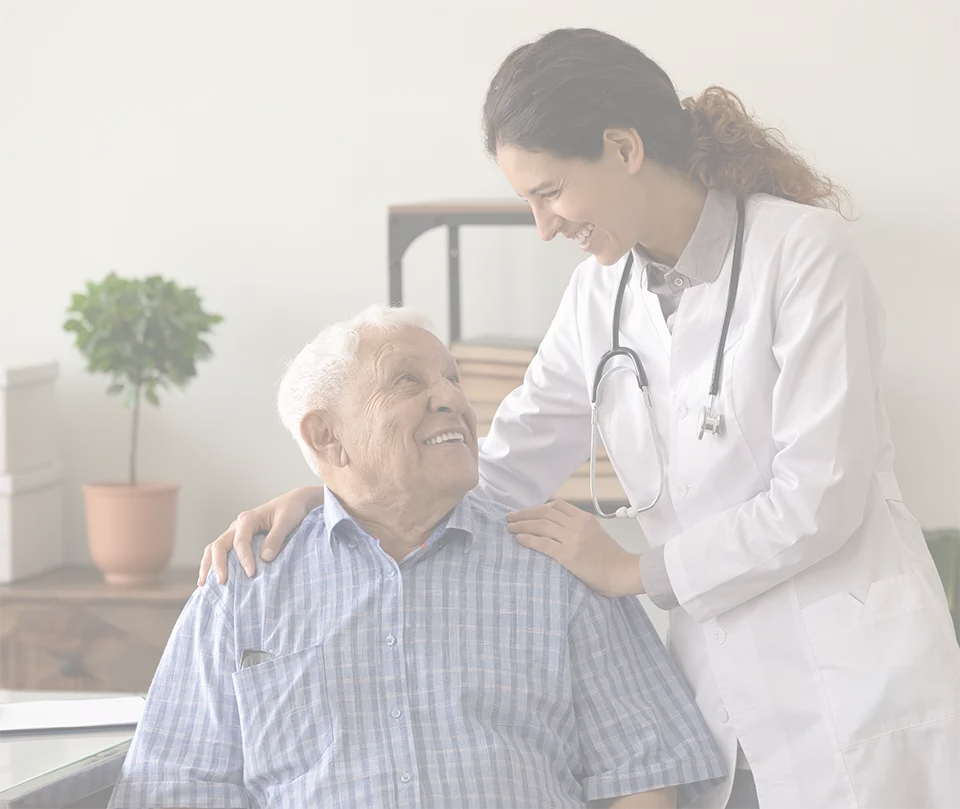All About Hemorrhoids
What are hemorrhoids?
The term hemorrhoids refers to a condition in which the veins around the anus or lower rectum are swollen and inflamed.
Hemorrhoids may result from straining to move stool. Other contributing factors include pregnancy, aging, chronic constipation or diarrhea, and anal intercourse.
Hemorrhoids are either inside the anus (internal) or under the skin around the anus (external).
What are the symptoms of hemorrhoids?
Many anorectal problems, including fissures, fistulae, abscesses, or irritation and itching (pruritus ani), have similar symptoms and are incorrectly referred to as hemorrhoids.
Hemorrhoids usually are not dangerous or life-threatening. In most cases, hemorrhoidal symptoms will go away within a few days.
Although many people have hemorrhoids, not all experience symptoms. The most common symptom of internal hemorrhoids is bright red blood covering the stool, on toilet paper, or in the toilet bowl. However, an internal hemorrhoid may protrude through the anus outside the body, becoming irritated and painful. This is known as a protruding hemorrhoid.
Symptoms of external hemorrhoids may include painful swelling or a hard lump around the anus that results when a blood clot forms. This condition is known as a thrombosed external hemorrhoid.
In addition, excessive straining, rubbing, or cleaning around the anus may cause irritation with bleeding and/or itching, which may produce a vicious cycle of symptoms. Draining mucus may also cause itching.
How common are hemorrhoids?
Hemorrhoids are very common in both men and women. About half of the population have hemorrhoids by age 50. Hemorrhoids are also common among pregnant women. The pressure of the fetus in the abdomen, as well as hormonal changes, cause the hemorrhoidal vessels to enlarge. These vessels are also placed under severe pressure during childbirth. For most women, however, hemorrhoids caused by pregnancy are a temporary problem.
How are hemorrhoids diagnosed?
A thorough evaluation and proper diagnosis by the doctor is important any time bleeding from the rectum or blood in the stool occurs. Bleeding from the rectum may also be a symptom of other digestive diseases, including colorectal cancer.
The doctor will examine the anus and rectum to look for swollen blood vessels that indicate hemorrhoids and will also perform a digital rectal exam with a gloved, lubricated finger to feel for abnormalities.
Closer evaluation of the rectum for hemorrhoids requires an exam with an anoscope, a hollow, lighted tube useful for viewing internal hemorrhoids, or a proctoscope, useful for more completely examining the entire rectum.
To rule out other causes of gastrointestinal bleeding, the doctor may examine the rectum and lower colon (sigmoid) with sigmoidoscopy or the entire colon with colonoscopy. Sigmoidoscopy and colonoscopy are diagnostic procedures that also involve the use of lighted, flexible tubes inserted through the rectum.
What is the treatment for hemorrhoids?
Medical treatment of hemorrhoids is aimed initially at relieving symptoms. Measures to reduce symptoms include:
- increase intake of fiber or fiber supplements
- warm tub baths several times a day in plain, warm water for about 10 minutes.
- application of a hemorrhoidal cream or suppository to the affected area for a limited time.
Get relief from hemorrhoids with non-surgical treatments.
Over-the-counter remedies only treat symptoms, not the underlying problem. At Wake Gastroenterology, we have several in-office and endoscopic treatments available for treatment of internal hemorrhoids.
To learn more about this topic, visit: Hemorrhoid Treatment
How are hemorrhoids prevented?
The best way to prevent hemorrhoids is to keep stools soft so they pass easily, thus decreasing pressure and straining, and to empty bowels as soon as possible after the urge occurs. Exercise, including walking, and increased fiber in the diet help reduce constipation and straining by producing stools that are softer and easier to pass.




